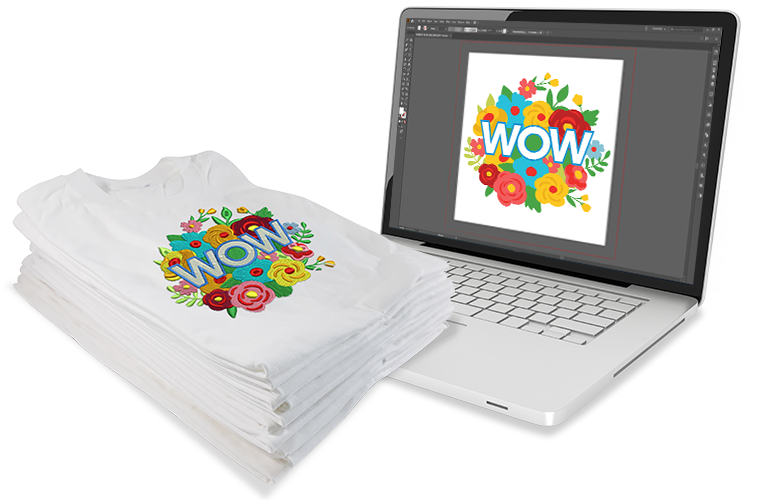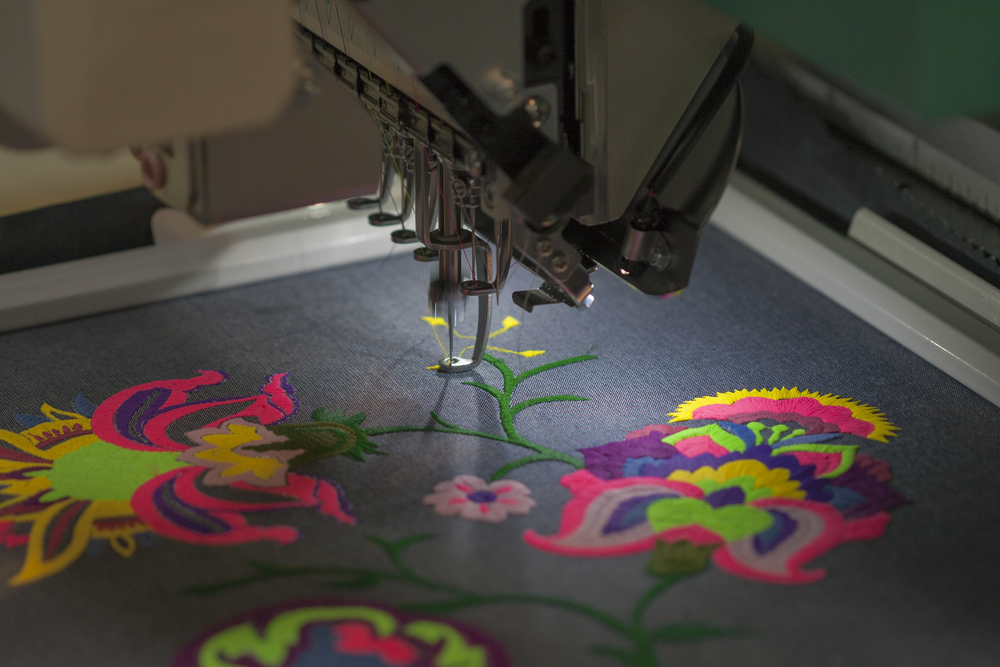Streamlining the Art of Needlework Digitizing: Step-by-Step Overview
As modern technology proceeds to advancement, the digitization process has actually ended up being more obtainable, enabling enthusiasts to bring their detailed layouts to life with ease. In this overview, we will untangle the intricacies of needlework digitizing, breaking down each step carefully to improve the procedure and equip both beginners and skilled embroiderers alike.
Comprehending Embroidery Digitizing Software Program
Embroidery digitizing software program serves as a crucial device for transforming complex designs right into electronic formats suitable with embroidery makers, facilitating accurate sewing and customization. This specific software permits users to import different photo data layouts, such as JPG or PNG, and transform them right into embroidery machine-readable formats like DST, EXP, or PES - Digitizing for Embroidery. By making use of functions like stitch editing and enhancing, padding options, and string shade selection, digitizing software enables individuals to manage every element of the design procedure
Furthermore, advanced needlework digitizing software provides devices for developing intricate layouts, adjusting stitch density, and incorporating elaborate details. Individuals can likewise preview the style before stitching it out, guaranteeing accuracy and reducing errors. Furthermore, numerous software application programs supply automated functions that assist enhance the digitizing procedure, conserving time and initiative.
Recognizing the capacities of needlework digitizing software application is crucial for attaining high-grade outcomes in needlework jobs. By mastering this device, needlework lovers and experts can unleash their creative thinking and bring detailed styles to life with precision and performance.

Selecting the Right Design File
After acquainting on your own with the abilities of embroidery digitizing software application, the next important step in the procedure is choosing the best style data for your job. Digitizing for Embroidery. When selecting a layout documents for embroidery digitizing, it's vital to take into consideration the intricacy of the layout, the dimension of the last item, and the sort of material you will certainly be collaborating with
For intricate designs with fine details, a high-resolution picture or vector file is suggested to guarantee that the embroidery machine can accurately reproduce the design. In addition, the dimension of the end product plays a substantial role in selecting the ideal design documents. Bigger designs might need higher resolution data to maintain quality and sharpness.
Additionally, the sort of fabric you will certainly be embroidering on affects the selection of design documents. Different fabrics might call for adjustments in the layout file to guarantee that the stitches are effectively aligned and the layout looks like planned. By meticulously choosing the appropriate design file based on these aspects, you can establish on your own up for a successful embroidery digitizing process.
Digitizing Devices and Strategies
Making use of specialized software and precision techniques, digitizing tools are crucial in transforming elaborate styles into embroidery-ready data. Needlework digitizing software program, such as Wilcom, Hatch, or Embrilliance, gives the necessary platform to convert artwork into stitch data. These programs provide functions like stitch modifying, rug alternatives, and text devices to ensure the design translates seamlessly onto fabric.
One of the essential methods in digitizing is producing a clear course for the needlework equipment to adhere to. This entails digitizing each element of the layout with precision, identifying stitch types, densities, and instructions. By making use of devices like digitizing tablet computers or software-specific plugins, embroiderers can accomplish a high level of accuracy in their digitized designs.
Furthermore, understanding the art of padding stitching is important for creating quality embroidery. Underlay sewing supports the material and creates a structure for the layout, making certain that the last product is both visually enticing and resilient. By comprehending Full Article these digitizing tools and techniques, embroiderers can boost their craft and bring complex styles to life with precision and efficiency.
Tailoring Stitch Kinds and Instructions
Having actually developed a structure in digitizing tools and techniques, an important element ahead of time embroidery craftsmanship lies in customizing stitch kinds and instructions with accuracy and function. The choice of stitch types can significantly impact the total appearance and appearance of the stitched style. Satin stitches, known for their smooth and glossy surface, work well for developing borders and message. On the other hand, fill stitches are ideal for covering bigger locations efficiently. By strategically incorporating these stitch kinds, embroiderers can accomplish depth and measurement in their designs.
Moreover, the instructions of stitches plays a vital role in boosting the visual allure of the final needlework. Numerous visit this website stitch directions can add appearance, emphasize details components, and create visual passion. Changing the angle of stitches can mimic motion or all-natural patterns like hair or plumes. By explore different stitch angles and patterns, embroiderers can bring their styles to life with impressive information and complexity. Grasping the art of tailoring stitch kinds and directions empowers embroiderers to unleash their imagination and boost the top quality of their work.
Screening and Refining Your Digitized Style
To guarantee the precision and top quality of your digitized layout, extensive screening and improvement are vital actions in the embroidery digitizing process. Once you have actually finished the digitization of your style, it is important to check it before waging the actual embroidery. Testing allows you to identify any potential concerns such as string breaks, stitch density problems, or design distortions that might influence the outcome.

After web link testing, it is very important to fine-tune your digitized layout based upon the comments from the test sew-out. This might entail tweaking sew setups, changing thickness, or making adjustments to the total style to achieve the desired outcome. By repeating via testing and refinement, you can adjust your digitized style to perfection before relocating ahead with the actual needlework process.
Conclusion
Finally, understanding the art of needlework digitizing requires a complete understanding of the software program, choosing the best design file, making use of digitizing devices and methods, personalizing stitch types and instructions, and testing and improving the digitized design. By adhering to these steps, embroiderers can simplify the digitizing procedure and produce top quality embroidered styles with accuracy and effectiveness.